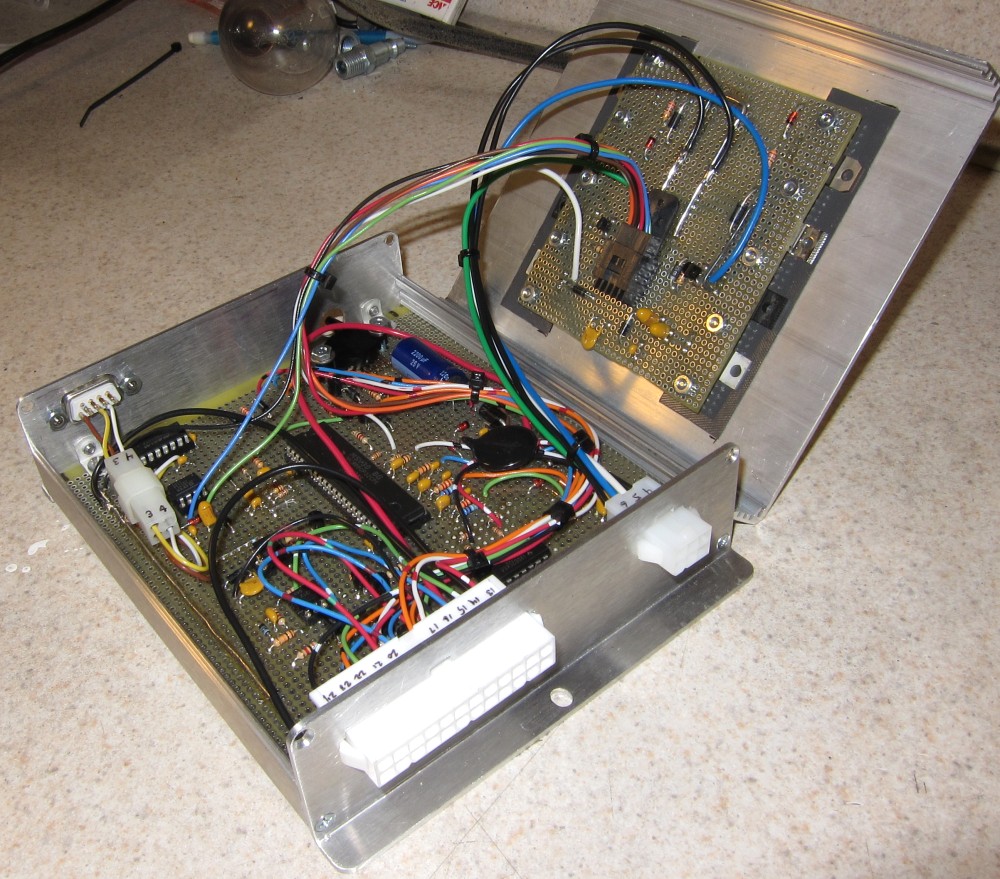Joe Perez
100 W
So I've decided it's time to upgrade. And after much searching and reading of past threads I'm hoping for the counsel of those who have gone before to either verify that I'm headed down the right path or tell me why I'm being a complete idiot. 
For the past year, I've been zipping around on a basic AmpedBikes rear direct-drive lithium system. It's been a good introduction to the world of e-biking, but I feel that it's time to upgrade, both the bike itself (from a cheap, steel-framed department-store model) and the electric assist system.
My daily commute is about 12 miles roundtrip, and consists almost completely of various inclines- there's hardly a flat section to it, as is the nature of life in coastal southern California. Most of the grades are fairly moderate (say, 5% for the length of a half-mile or so), however there are a few sections of 10-15% on which I struggle mightily to pedal while simultaneously operating at full throttle just to keep from stalling the motor. And that's the part that's really causing me grief.
Understand that this is a "sane and reasonable" daily-commuter bike. I'm not looking to build a 50 MPH downhill screamer, nor will I be climbing straight up a wall while towing a 200lb coffee-roasting trailer (though I must say, that was a pretty cool build.) What I'm looking for is a system that will be able to cope with the few severe 15% inclines without giving me a heart attack (I'll admit that at 6'1 and 200 lbs I'm still in less than optimal shape), while also being able to provide a moderate assist while I'm pedaling to maintain 20-25 MPH on the less dramatic slopes.
From everything I've read, Cell_Man's geared MAC motors seem to be the way to go right now. And while I'll admit to being slightly leery of doing business with a company in China (particularly when it comes to things like spare parts availability such as clutch / gear rebuild packages) I haven't read much in the negative column.
My thinking, at present, is something in the neighborhood of the 10T "Torque" motor on a 26" wheel with the 30A IRFB4110 controller, along with a battery in the vicinity of 48-60v and 10-12 Ah, wherein it seems that Cell_Man again has things nicely in hand with his 52v, 11.5 Ah, 30A BMS "Triangle" battery.
Is this overkill? Would an 8T motor suffice? Or am I being too ambitious and need to look towards the 12T motor and perhaps a battery with a higher current-delivery capacity? Am I on the wrong path entirely, and need to be looking at something like the FalconEV system? Are gear-reduced motors in general not all they're cracked up to be? (I've never ridden one.)
I hesitate to say things like "money is no object," however I'm certainly not inclined to cheap out at this stage, as I'd prefer bike #2 to last me a while.
For the past year, I've been zipping around on a basic AmpedBikes rear direct-drive lithium system. It's been a good introduction to the world of e-biking, but I feel that it's time to upgrade, both the bike itself (from a cheap, steel-framed department-store model) and the electric assist system.
My daily commute is about 12 miles roundtrip, and consists almost completely of various inclines- there's hardly a flat section to it, as is the nature of life in coastal southern California. Most of the grades are fairly moderate (say, 5% for the length of a half-mile or so), however there are a few sections of 10-15% on which I struggle mightily to pedal while simultaneously operating at full throttle just to keep from stalling the motor. And that's the part that's really causing me grief.
Understand that this is a "sane and reasonable" daily-commuter bike. I'm not looking to build a 50 MPH downhill screamer, nor will I be climbing straight up a wall while towing a 200lb coffee-roasting trailer (though I must say, that was a pretty cool build.) What I'm looking for is a system that will be able to cope with the few severe 15% inclines without giving me a heart attack (I'll admit that at 6'1 and 200 lbs I'm still in less than optimal shape), while also being able to provide a moderate assist while I'm pedaling to maintain 20-25 MPH on the less dramatic slopes.
From everything I've read, Cell_Man's geared MAC motors seem to be the way to go right now. And while I'll admit to being slightly leery of doing business with a company in China (particularly when it comes to things like spare parts availability such as clutch / gear rebuild packages) I haven't read much in the negative column.
My thinking, at present, is something in the neighborhood of the 10T "Torque" motor on a 26" wheel with the 30A IRFB4110 controller, along with a battery in the vicinity of 48-60v and 10-12 Ah, wherein it seems that Cell_Man again has things nicely in hand with his 52v, 11.5 Ah, 30A BMS "Triangle" battery.
Is this overkill? Would an 8T motor suffice? Or am I being too ambitious and need to look towards the 12T motor and perhaps a battery with a higher current-delivery capacity? Am I on the wrong path entirely, and need to be looking at something like the FalconEV system? Are gear-reduced motors in general not all they're cracked up to be? (I've never ridden one.)
I hesitate to say things like "money is no object," however I'm certainly not inclined to cheap out at this stage, as I'd prefer bike #2 to last me a while.


